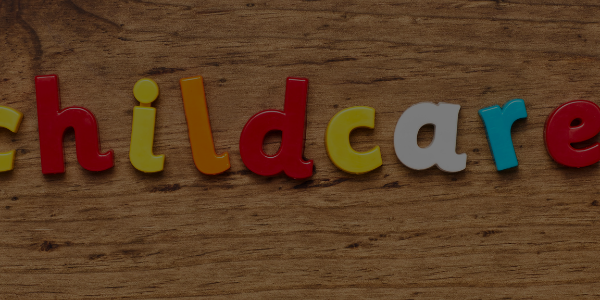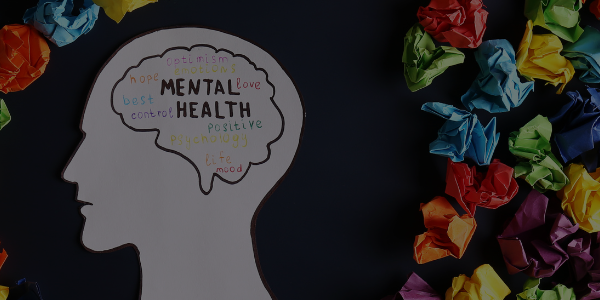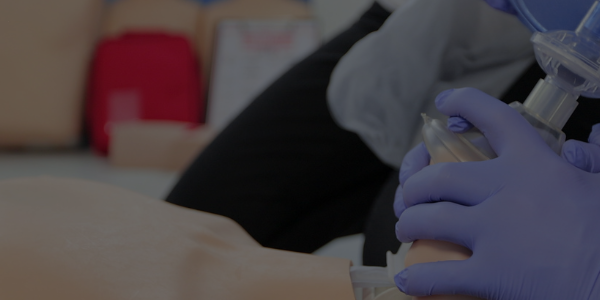Hypoglycemia is a low blood sugar level where the level of sugar drops too low than normal. It affects people with or without diabetes. Severe hypoglycemia can cause seizure and loss of consciousness.
How do we know if we are suffering Hypoglycemia?
Below are the symptoms of Hypoglycemia:
- Dizziness
- Pale skin
- Anxiety and nervousness
- Nausea
- Headache
- Slurred speech
- Impatience
- Chills
- impatience
- Sweating
Who are most affected by Hypoglycemia?
- People using insulin
- People taking certain oral diabetes drugs
- People taking different kinds of medications
- People with impared liver function
How to treat Hypoglycemia?
If a person develops hypoglycemia, the person should receive glucagon treatment asap before having episodes of confusion, disorientation or worse, develop seizures or unconsciousness.
If a person has not experienced severe effects, the person should take a fast acting carbohydrate like soft drinks (not diet), gummy bears, sweets or medium acting carbohydrates like pasta, cereal, bread, potatoes.
Glucagon is a hormone that raises a person’s blood sugar levels when suffering from hypothermia. This is administered either as a shot or as a powder sprayed into the nose of the person. Glucagon is absorbed into the blood and travels straight to the liver. It usually takes 10-20 minutes to raise the blood sugar to normal levels.
Please note that regular First Aid and CPR Training is the best way to make sure that you’re prepare in the case of an emergency. Book a course with us!
Find this article useful? Read more of our blogs here!





